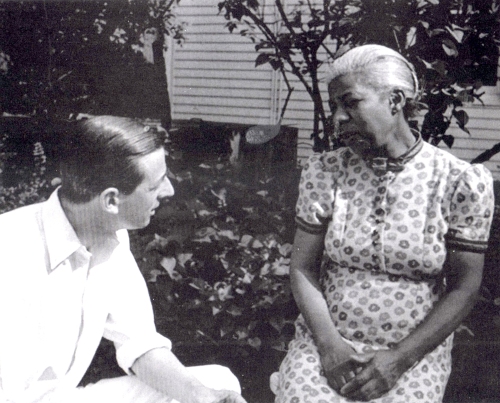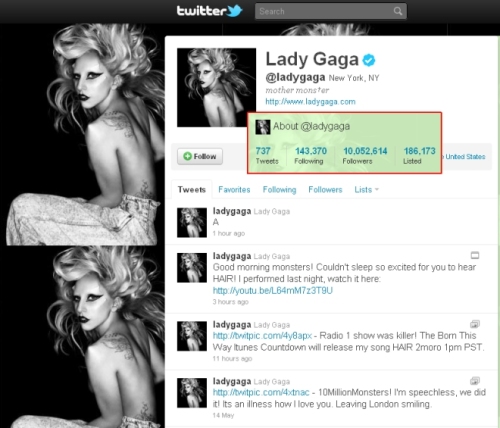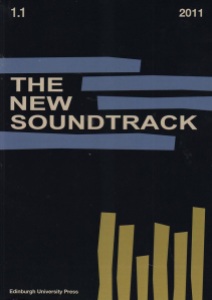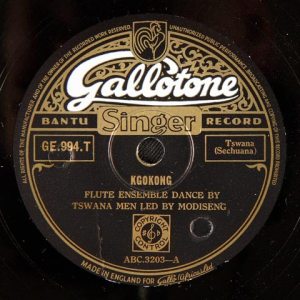With outward horror, but with secret envy, let us contemplate a man who is wealthy, unambitious, and unencumbered. After breakfast he lights a cigar, sinks into an armchair, and rings for the butler to set the gramophone going.
While one’s imagination may boggle at the thought, let us free ourselves from such trammels of convention that would confine the gramophone to the first half hour of after-dinner plethora. There is music to be had for all times and seasons.
Further, a convincing argument cannot be made against listening to the gramophone alone: If one may read a book without company, how can enjoying music in solitude be indecent?
This according to “Times and seasons” by Orlo Williams (Gramophone June 1923, pp. 38–39), an article reprinted in Music, sound, and technology in America: A documentary history of early phonograph, cinema, and radio (Durham: Duke University Press, 2012). Below, a gramophone record issued a few months after the article appeared.













